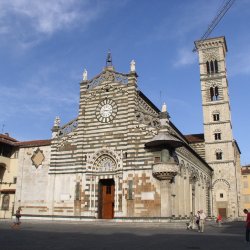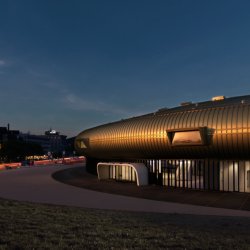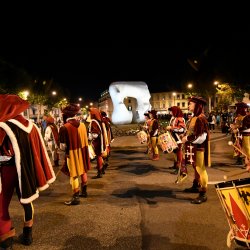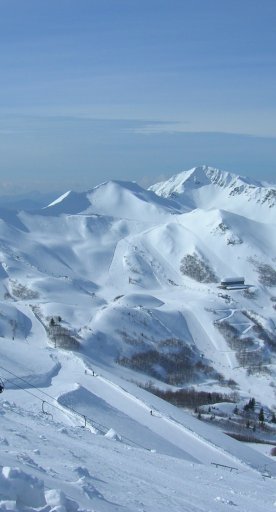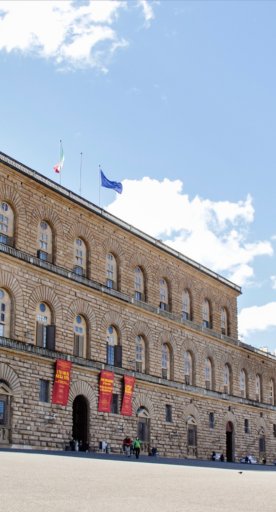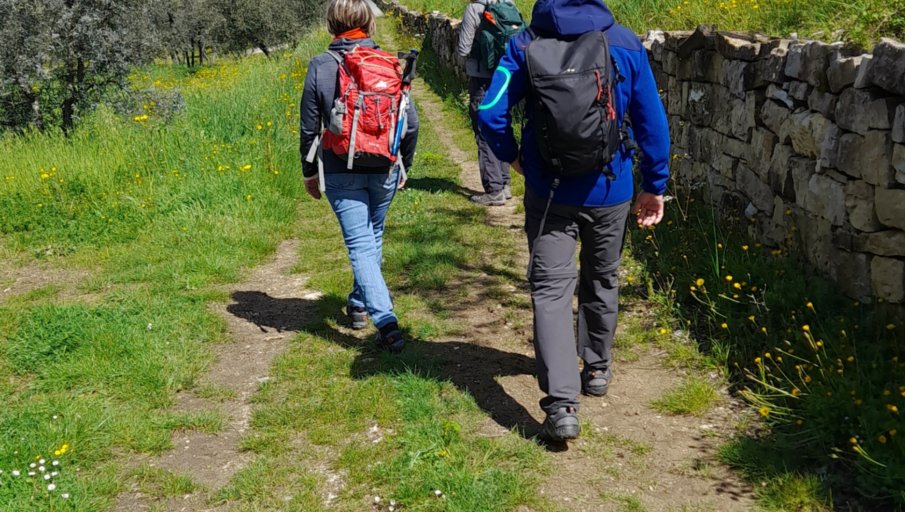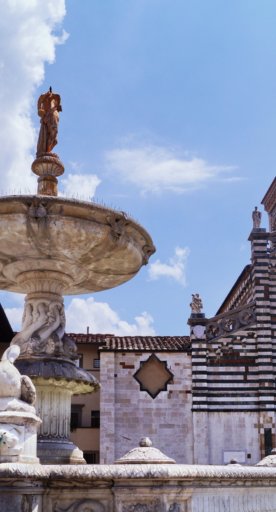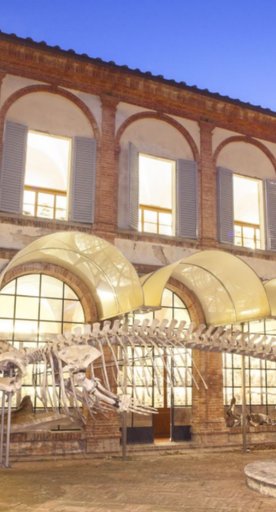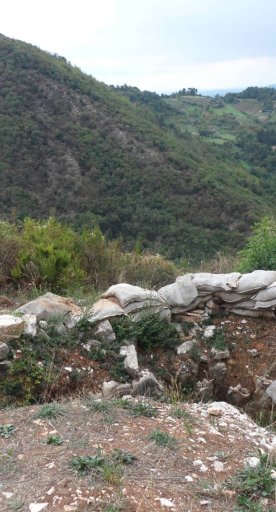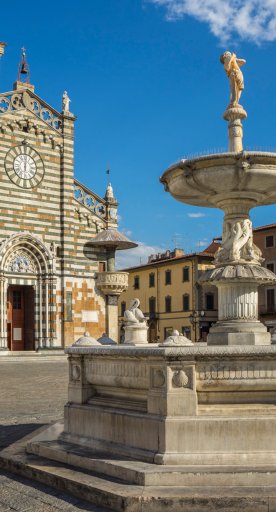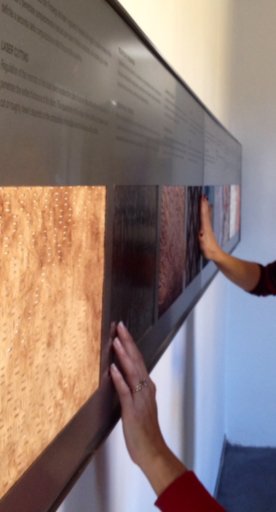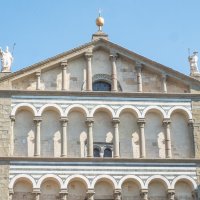Prato’s accessible museums
A journey through barrier-free museums and cultural institutions
Prato is a multicultural city that has a lot to offer to lovers of less touristy destinations: it has a great food and wine tradition with plenty of products known worldwide, but also numerous cultural realities that make it really interesting to discover.
Also famous for its textile industry, it is home to several very diverse museum institutions.
Let's find out together which ones are accessible, for an increasingly inclusive tourism.
-
1.Civic Museum of Palazzo Pretorio
-
2.Textile Museum
-
3.Museum of the Opera del Duomo
-
4.Luigi Pecci Center for Contemporary Art
-
5.Museum of Planetary Sciences
Civic Museum of Palazzo Pretorio
The Civic Museum of Palazzo Pretorio is housed inside the 13th-century Palazzo Pretorio and houses more than three thousand works including paintings, drawings and sculptures ranging from the masterpieces of Filippo Lippi to the works by Ardingo Soffici.
The parallel multisensory path includes interactive content, works to touch and listen to, guides in sign language, new multimedia devices and the introduction of contemporary languages.
On the ground floor there is an interactive multimedia model that reconstructs Palazzo Pretorio three-dimensionally to scale and allows tactile exploration of the building; there are also tactile reproductions of three works that are part of the permanent collection: Madonna and Child between Two Angels by Donatello, Portrait of Albert Skira by Jacques Lipchitz and Gioacchino Rossini by Lorenzo Bartolini, made by 3D resin scanning and printing.
Textile Museum
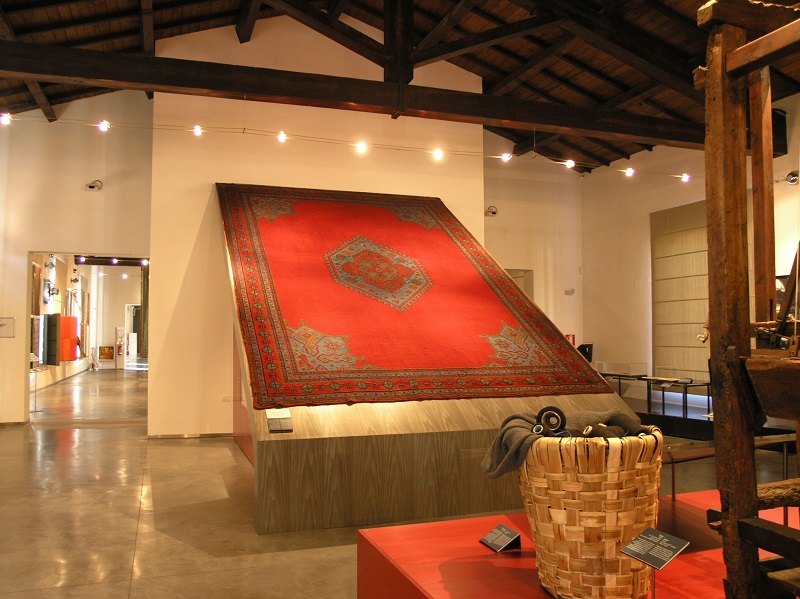
The Textile Museum is one of the most important centers in the world dedicated to textile art and technology and offers a path to discover ancient and contemporary textiles and textile traditions of the city.
The building that houses the museum is also a part of the exhibition route: it is the old Cimatoria Campolmi, one of the oldest factories in the area that dates back to the 19th century and is located right in the heart of Prato, within the medieval walls.
Museum of the Opera del Duomo

The Museum of the Opera del Duomo is located to the left of the Cathedral - inside the Bishop's Palace (Palazzo Vescovile) - and houses works of art from the entire diocese: paintings, sculptures and sacred vestments from the 12th to the 19th century.
Here you can admire masterpieces such as the marble parapet of the pulpit by Donatello (1433-38) which, until 1970, stood in the outer corner of the cathedral facade and was later restored: there are seven panels within which a dance of celebrating angels is woven.
Works of art preserved in the museum also include the large altarpiece by Filippo Lippi depicting the funeral of St. Jerome, the Crucifix by Sandro Botticelli, and the Madonna Enthroned by Giroldo da Como from the 13th century.
The entire museum is accessible except for the excavation part of the archaeological section, which is located in the basement area.
Luigi Pecci Center for Contemporary Art

The Luigi Pecci Center for Contemporary Art, opened in 1988, was the first center in Italy built specifically to house and promote international avant-garde art.
Over the years, an important permanent collection has been built up, consisting of works by major artists of the last three decades, acquired as a testament to the Center's exhibition and research activities.
The building itself is a work of art in the city of Prato: it was originally designed by the rationalist architect Italo Gamberini and later renovated and expanded by architect Maurice Nio.
Free wheelchairs can be borrowed for free inside the center.
Museum of Planetary Sciences
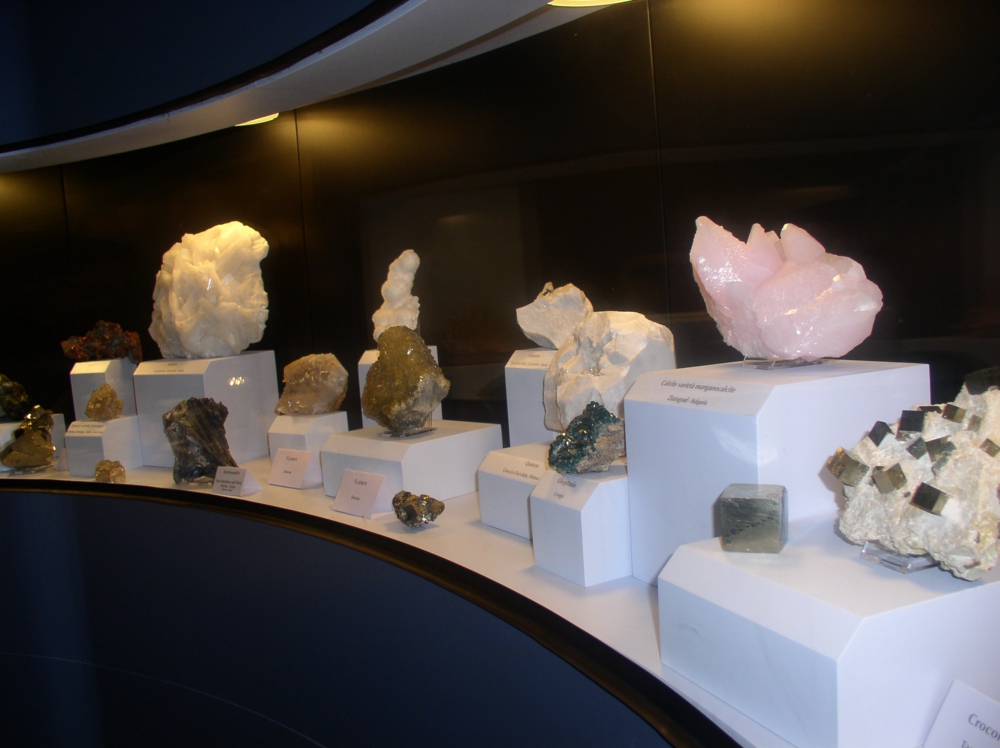
The Museum of Planetary Sciences is an itinerary designed to spread the spectacular nature of the Universe in an accessible and engaging way. Astrophysics, astronomy, geology, like the study of minerals and planets, become subjects truly for everyone, thanks to an itinerary that takes into account the varying needs of visitors.
The museum's exhibition itinerary, characterized by large curved concave and convex display areas, is the result of a perfect integration between the building's characteristic architectural elements and the story these exhibits tell.
The environment is almost dark - illuminated only by the diffused light coming from the showcases -and prepares for a kind of journey through time and space that, starting from the origin of the Universe, winds its way to the formation and evolution of our Solar System and planet Earth in particular.
The key witnesses to this fascinating tale are precisely the precious meteorites from Space that contain within them unique information about the first moments of the birth of the planets.
For visitors who are blind or visually impaired, thanks to the invaluable collaboration with the local branch of Unioni Ciechi di Prato, a tactile path has been set up that, starting from the museum map, leads to the discovery of the constellations and the solar system; moreover, by means of three showcases that allow for the manipulation of some original specimens, the meteorite and mineral collections can be discovered.
What’s nearby?





